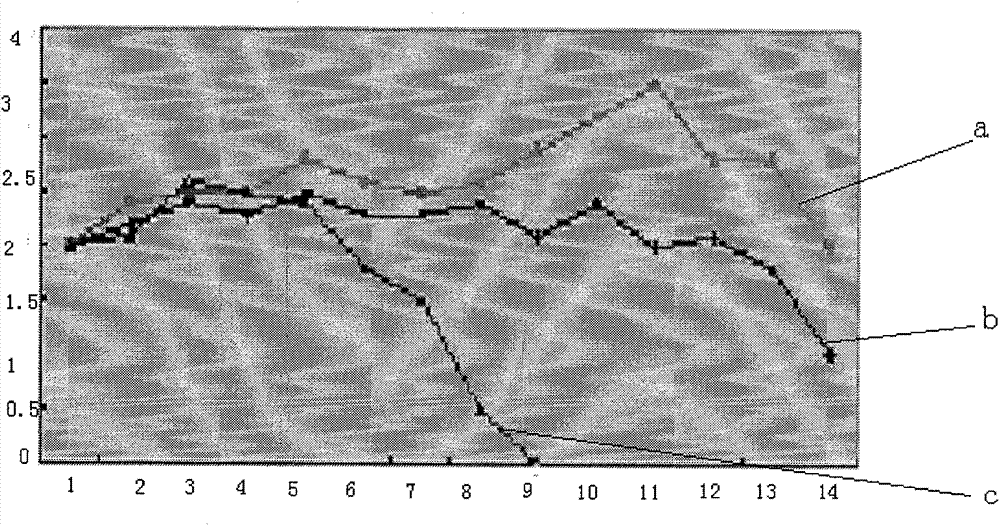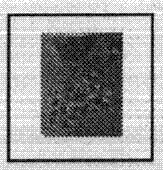Method for extracting and purifying multi-source stem cells from placenta and umbilical cord
A technology of umbilical cord blood stem cells and stem cells, which is applied in the field of simultaneous extraction and purification of stem cells from multiple sources, can solve problems such as transplant failure, endangering the life of patients, and excessive rejection, and achieve non-tumorogenicity and tumor-promoting, collection Easy to use, safe and reliable to use
- Summary
- Abstract
- Description
- Claims
- Application Information
AI Technical Summary
Problems solved by technology
Method used
Image
Examples
Embodiment 1
[0070] Example 1: Collection of umbilical cord blood
[0071] see figure 1 , shows a culture of stem cell colonies derived from umbilical cord blood, each colony representing a hematopoietic stem cell.
[0072] Umbilical cord blood was collected by mechanical venipuncture, and the collected placenta came from local maternity hospitals or departments. First, after obtaining the consent of the pregnant woman or her immediate relatives to donate placental tissue, check all the test reports of the pregnant woman to confirm that there is no virus, syphilis and other blood-related viral infections, and then ask the pregnant woman in detail about her fertility, disease, heredity, infection, etc. Medical history, after everything was normal, after the pregnant woman gave birth, the placenta and cord blood were collected aseptically. After collection, the cord blood and placental tissue were attached with barcode labels and stored in a 4°C refrigerator. The storage time is generally...
Embodiment 2
[0073] Embodiment two: collect placental blood
[0074] see figure 2 , shows a colony culture of hematopoietic stem cells derived from placental blood. The figure shows the culture of stem cell colonies from placental blood. For the comparison of the same initial concentration of cells, the number of stem cell colonies from placental blood is far greater than that from umbilical cord blood at the same time.
[0075] Put the placenta after the umbilical cord blood has been taken in a high-pressure sterilized stainless steel container, insert a rubber tube connected with a syringe, infusion set or infusion pump into the umbilical cord artery, and enter the placenta through the vein, so that the residual blood in the placenta can flow out of the placenta Squeeze out and wash with a physiological buffer at the same time. The composition of the physiological buffer can be physiological saline, low molecular weight dextrose, phosphate-buffered saline or cell culture fluid, like 16...
Embodiment 3
[0076] Example 3: Collection of amniotic fluid and placental mesenchymal stem cells
[0077] see image 3 , the diagram shows the in vitro cell culture of placental mesenchymal stem cells after collection, concentration and purification, and the cells were attached after 24 hours of culture, showing fibrous cells.
[0078] There are two ways to remove the placenta tissue from healthy puerpera, one is for normal vaginal delivery and the other is for cesarean section. Free from contamination by bacteria and other pathogens.
[0079] In normal vaginal delivery, since the fetus and placenta must escape through the non-sterile vagina, which brings the possibility of microbial contamination, our experiments show that the possibility of microbial contamination of the extracted cells is greatly reduced.
[0080] The placenta is obtained by cesarean section under sterile environment and conditions or under aseptic conditions as far as possible.
[0081] 1) Collect the amniotic fluid...
PUM
 Login to View More
Login to View More Abstract
Description
Claims
Application Information
 Login to View More
Login to View More - Generate Ideas
- Intellectual Property
- Life Sciences
- Materials
- Tech Scout
- Unparalleled Data Quality
- Higher Quality Content
- 60% Fewer Hallucinations
Browse by: Latest US Patents, China's latest patents, Technical Efficacy Thesaurus, Application Domain, Technology Topic, Popular Technical Reports.
© 2025 PatSnap. All rights reserved.Legal|Privacy policy|Modern Slavery Act Transparency Statement|Sitemap|About US| Contact US: help@patsnap.com



